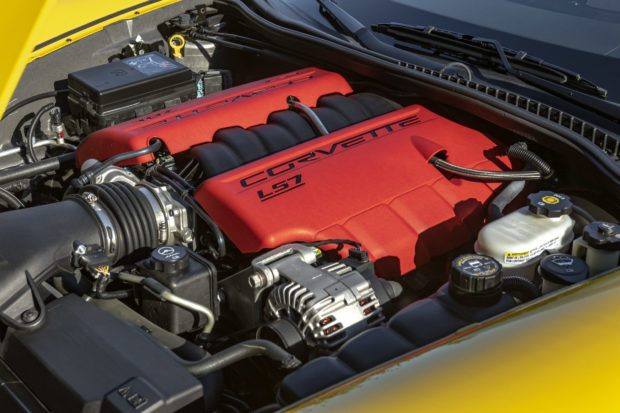Chevrolet LS7 (Z06) Engine Ultimate Guide
Few small-block engine platforms carry such a rich history as that which pertains to the GM “Mighty Mouse” V8. GM’s small-block masterpiece served as the saving grace of the Corvette and has continued to power America’s sports car in various reincarnations for numerous decades. As the new millennium approached, the Mighty Mouse underwent a coming of age, transitioning into the now-iconic LS family of small-blocks.
Many engines within the LS platform has risen to notoriety for their production of immense power, which has far exceeded the output of those engines tapped for production by competing manufacturers, on a fairly consistent basis. Of these remarkable powerplants, few have mustered as much raw power as the third-generation LS7.
No Subscription? You’re missing out
Get immediate ad-free access to all our premium content.
Get Started



